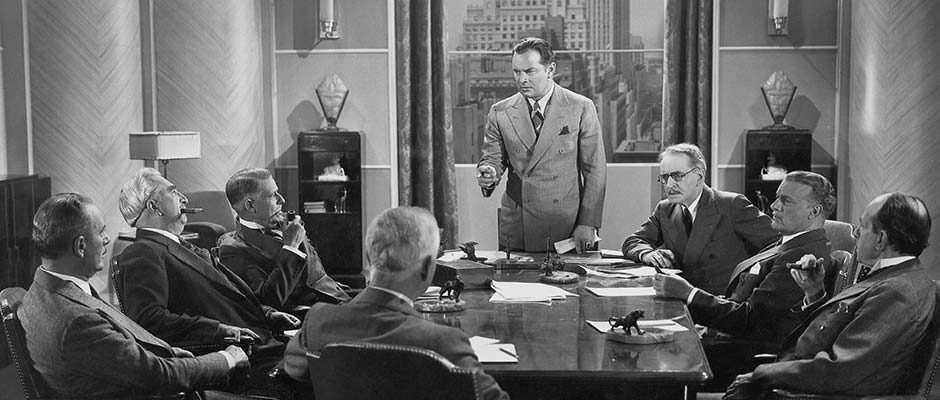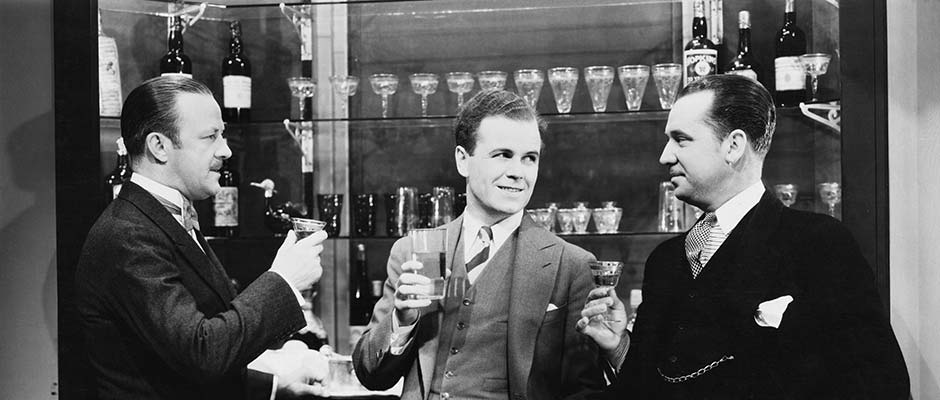Three generations of sales approaches are being used today. The oldest of the three is over fifty years old and designed to address the world of the 1960s and 1970s. We can call this approach "Legacy;" an approach that was effective for a little over two decades.
The second oldest approach was a direct response to the limits of the Legacy approach as the world of the 1980s and 1990s and the first part of the 2000s, a time of increased competition and clients who required greater help and support from a salesperson, the sales organization, and their "solutions." We can call this approach, "Legacy Solution," This approach was an incredibly powerful, providing an approach that helped salespeople help their clients.
The third and newest approach to B2B sales is just now coming to the attention of salespeople, sales leaders, and sales organizations. Like the two earlier approaches, the modern sales approach evolved to address the world as it exists in the 21st Century.
You May Not Know You Are Legacy
The phone call from two salespeople from the same company an hour apart caused me to recognize their approach was unforgivably legacy. Both sales reps started the conversation with, "Can I ask you a question?" They followed with, "What is the biggest challenge you have in your business right now?" I believed my primary problem was poorly trained salespeople, which means their leader was the root cause of my problem.
The young salespeople had no idea that they were using an approach from a time before their parents were born. Most sales leaders and salespeople don't know what generation of sales approach they are practicing. Here are notes that will help you to identify your current approach.

6 Factors Suggesting Your Approach Is Legacy
- Is your first interaction with a client is qualifying them using the popular acronyms, like BANT?
- Does your approach suggest that you start at the C-suite or with a person whose title that suggests they are the decision-maker?
- Does your approach have you starting with a conversation about your company, your clients, your results, and your solution to gain credibility?
- Do you share information that exists on your company's website?
- Do you spend time in early conversations making the case for your company and your solution?
- Do you try to overcome your client's objections and mute their challenges?
There may be good reasons you might employ some of these tactics. For example, there are good reasons to qualify, even if most don't provide a good experience for the contact being qualified. There may also be a need to get to a C-Level executive, but they are few and exceedingly rare. The more of these factors are true, the more it's likely your overall approach is Legacy.

7 Factors Suggesting Your Approach Is Legacy Solutions
- You start with rapport-building.
- You move to "why us, " keeping the legacy approach to a first meeting and adding "why our solution in early conversations"
- You've been trained by marketing to tell your company's story and trained by a product manager to explain the features, benefits, and advantages of your solution.
- Your approach requires you to ask questions that cause your contacts to tell you what their problem is and how it is harming them.
- Do you follow a linear sales process that provides the outcome of each stage?
- Is your main approach to objections to point to the advantages of your solution and provide your client with proof providers?
- Is the only thing your client changes is their supplier and their solution?
Again, no one of these by itself indicates that you are Legacy Solution, but if there is one that might certify you as such, it's seeking a problem for your solution, an approach that has been commoditized to the point it creates no differentiation in the sales conversation.

7 Factors Suggesting You Have a Modern Approach
- You start a conversation around why your client needs to change with evidence of the forces responsible for their poor results.
- You already have a well-developed theory about your prospective client's challenges.
- You know more than your client as it pertains to what they will need to do to improve their results.
- You are agile enough to control the process, regardless of where you find your client on their buyer's journey, including helping them build consensus.
- Your client learns more from your conversation and experiences the "aha moment" that indicates you have helped them with a paradigm shift.
- You can recognize that your contact's objections are concerns and can effectively address them.
- Your client makes changes outside of changing their supplier and their solution
Both the Legacy and Legacy Solutions approaches are still being taught, trained, and practiced. The modern approach evolved to provide a greater level of value than the older approaches because decision-makers and buyers found the older approaches inadequate.
The Secret No One Tells You
Those who practice a modern sales approach have an advantage in contest against those that were designed for a different time. You may not know that your approach is competing with other approaches. The salesperson with the approach that client finds to be the most valuable is positioned to win.
The truth about modern sales is that it is the oldest of the three approaches. You can trace its roots through history, starting with the Bible and continuing to the present, as there have always been decision-makers who turned to advisors to help them make decisions in areas where they lacked knowledge and experience. Leaders don't need someone to ask them about their problems as much as they need someone to explain the nature of their poor results and what to do about it. They need good counsel, advice, and recommendations as much or more as they need a solution. Yet, most still believe the solution is the value, not the conversation with the salesperson.











